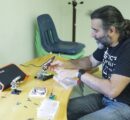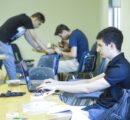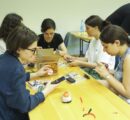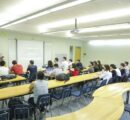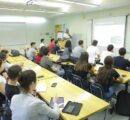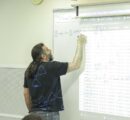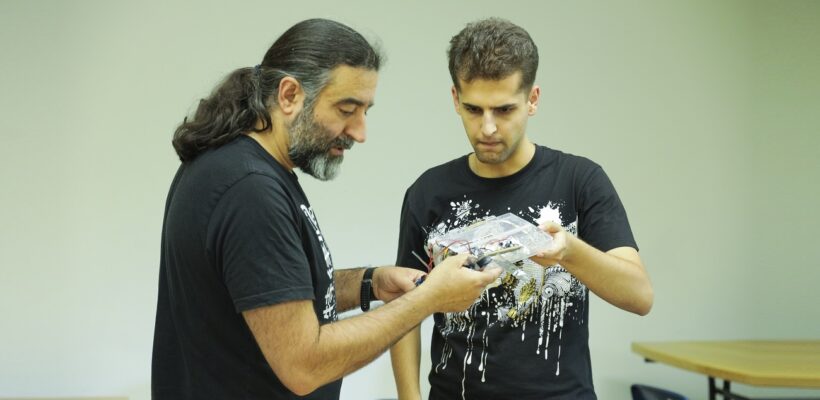
AUA Hosts Nuclear Detection Course
2 min readYEREVAN, Armenia — June 20-July 1, the Massachusetts Institute of Technology (MIT), in collaboration with the American University of Armenia (AUA) Akian College of Science and Engineering (CSE), organized a Nuclear Detection course, attracting students from various Armenian universities. This collaboration laid the foundation for students to explore the world of nuclear science, providing them with a broad knowledge, unique experience, and a chance to engage in group work. The learning objectives were successfully accomplished through lectures, hands-on assignments, and lab experiments.
At the start of the journey, the students took part in a 5-day lecture series led by MIT Associate Professor of Nuclear Science and Engineering Dr. Areg Danagoulian. This segment introduced participants to the fundamentals of radiation, nuclear physics, statistics, and the basics of electricity, as well as Geiger counters. The next segment led the class to practical workshops, where students had the opportunity to work on real Geiger counters by constructing an analog processor “core” and then conducting experiments to see how different materials affect radiation. In the practical segment of the course, the students deepened their understanding of data collection and analysis. Not only were they successful in building their own Geiger counters but also conducted experiments involving radiation, measured gamma counts, and observed the effects of shielding radiation. “In this course, using simple Geiger counters as an educational platform, the students got to experience the multidisciplinary nature of modern research. They had to learn some nuclear physics, statistics, and electricity. They had to work with their hands, perform experiments, and then use their statistics knowledge to draw conclusions from their results,” explains Dr. Danagoulian.
The course generated enthusiasm among participating students to continue exploring nuclear physics and its magic. The assignments, lectures, and group work became a source of inspiration for learning new skills in nuclear science and engineering. Maria Apitonian (BSES ‘24) reflects: “Professor Danagoulian provided us with a large amount of information through lectures and reading materials and was always available to help throughout the week. The practical section perfectly complemented the theoretical lectures. I loved comparing designs with other students and discussing how to fix problems that arose while building the detector.”
Input from students with different backgrounds — engineering, computer science, data science, mathematics, and physics — made the environment more synergetic and created a nuclear bond among the students. Areg Hovhannisyan (BSCS ‘25) notes that the course was informative and comprehensive, adding, “I really enjoyed how we were encouraged to take time to understand every detail of the topics covered. Building and troubleshooting Geiger counters by hand was very enlightening and provided great insight into real-world engineering.”
Given the successful outcome of this course, the AUA-MIT collaboration is expected to continue.
Founded in 1991, the American University of Armenia (AUA) is a private, independent university located in Yerevan, Armenia, affiliated with the University of California, and accredited by the WASC Senior College and University Commission in the United States. AUA provides local and international students with Western-style education through top-quality undergraduate, graduate, and certificate programs, promotes research and innovation, encourages civic engagement and community service, and fosters democratic values.

